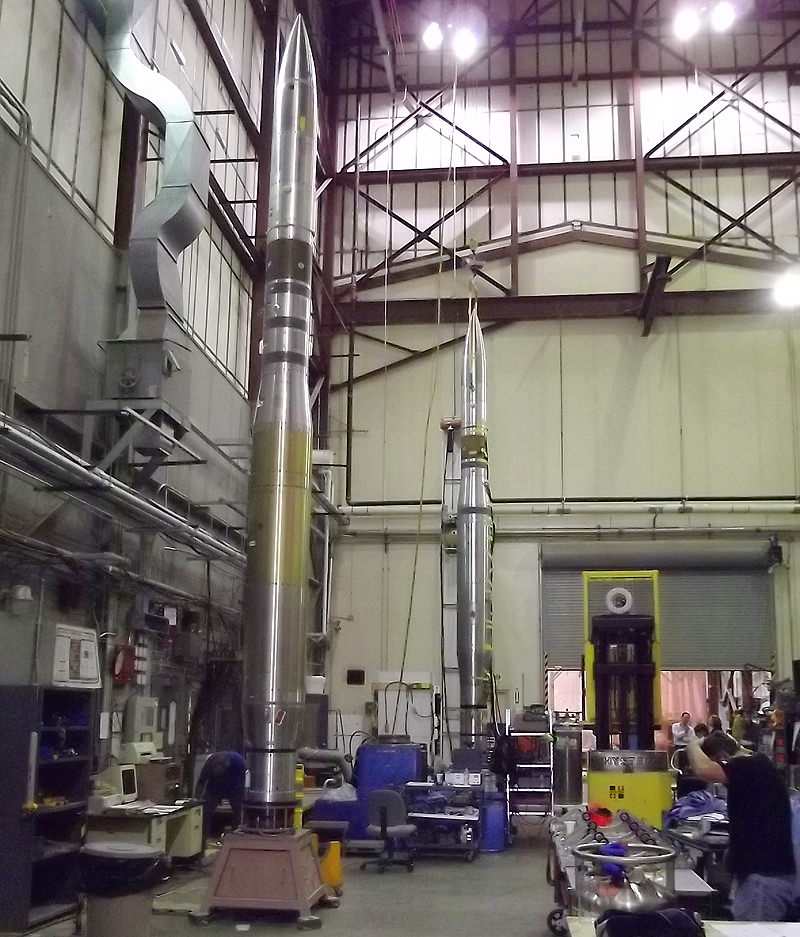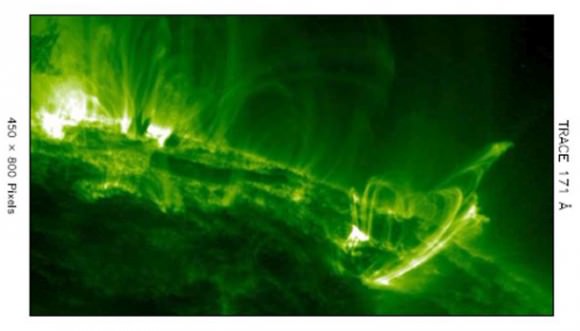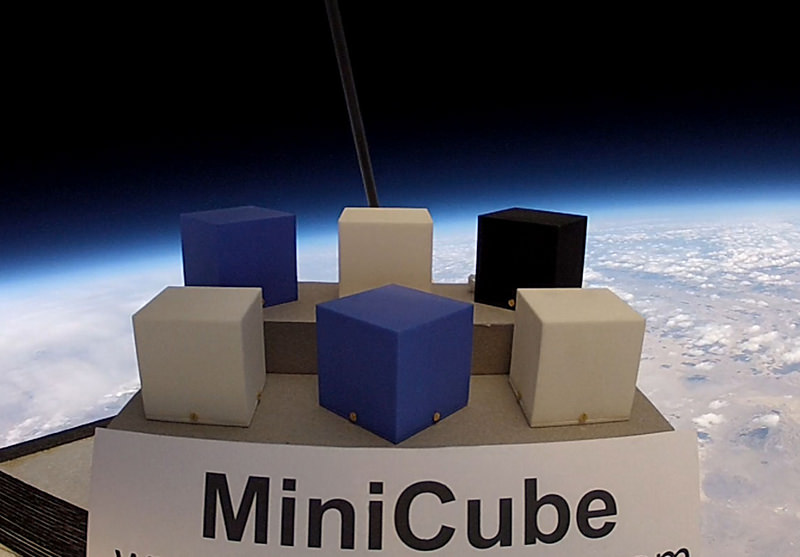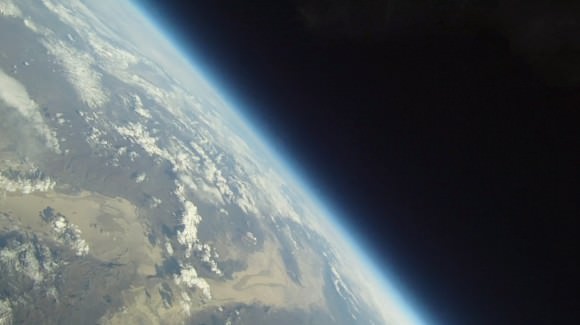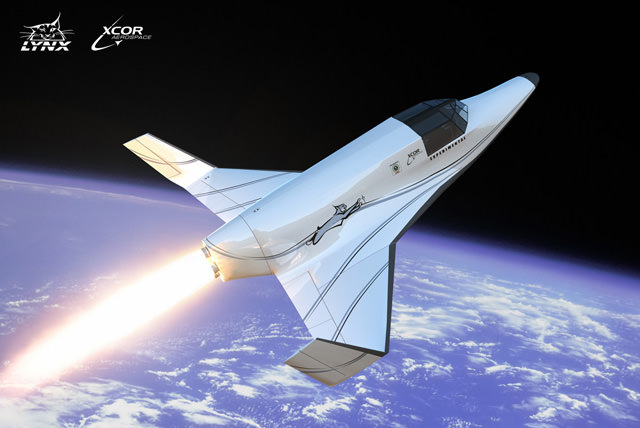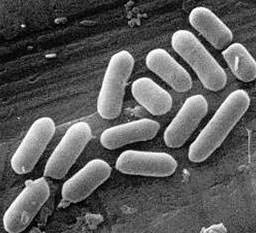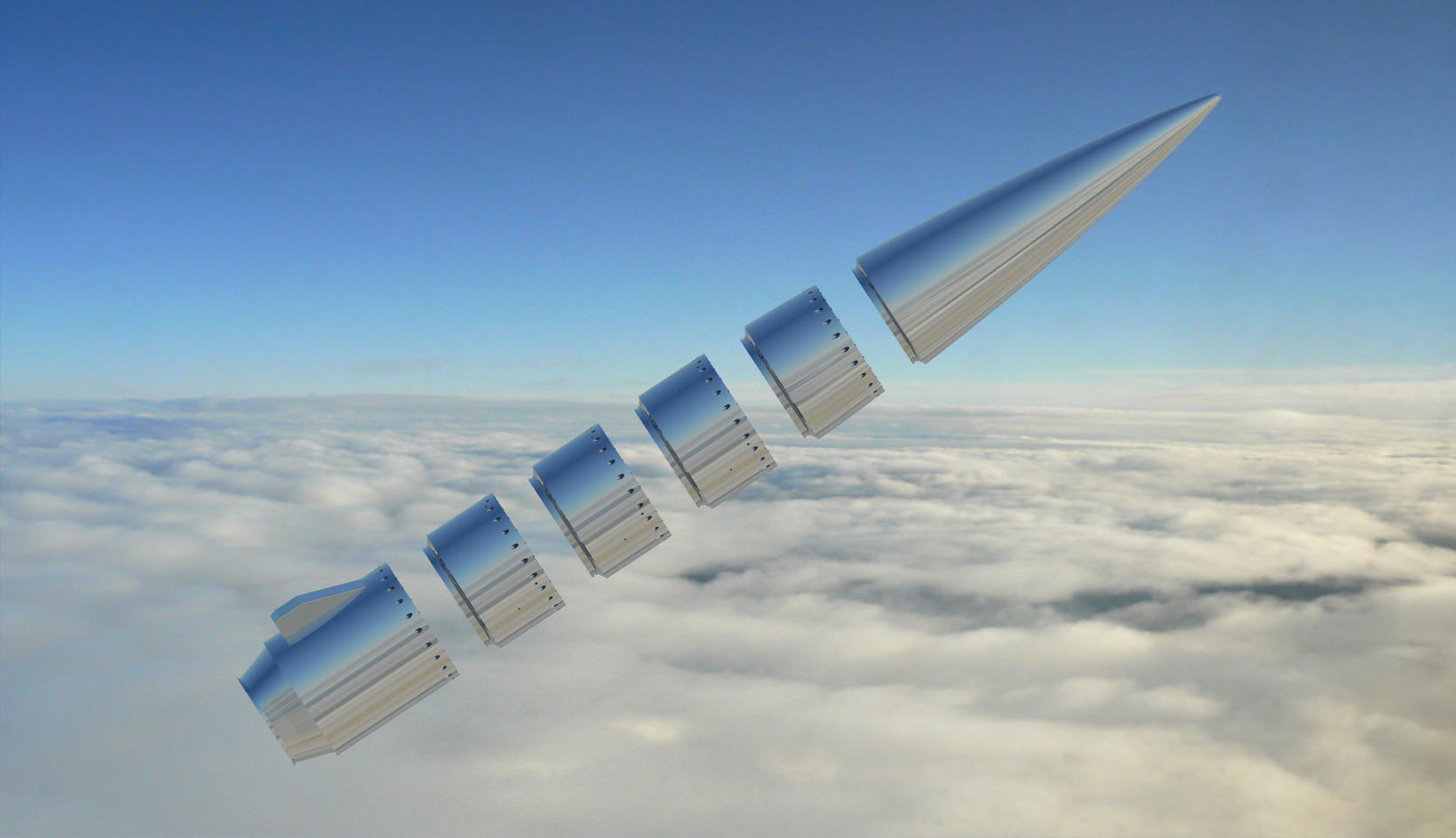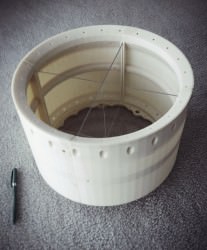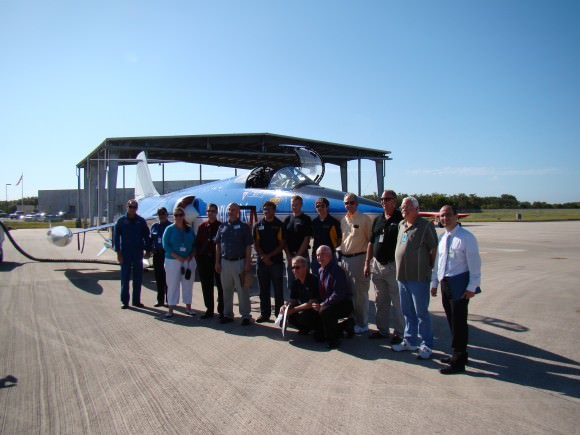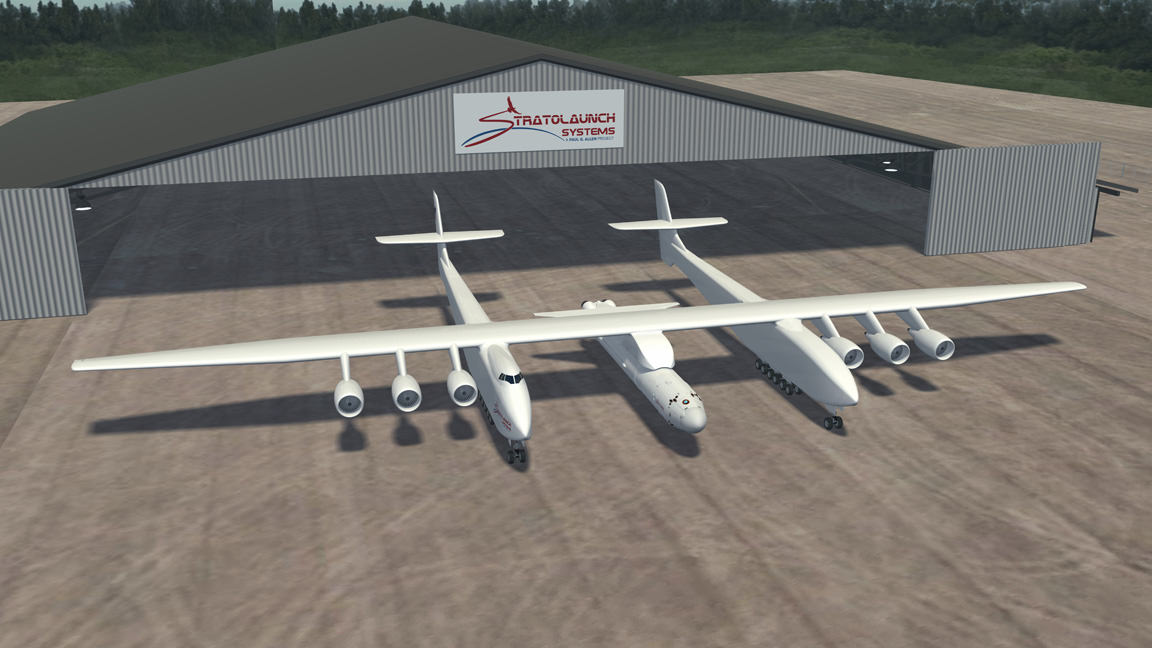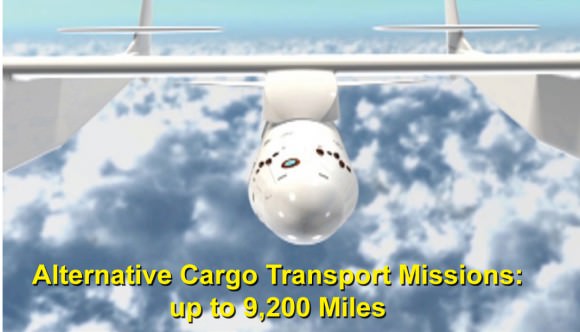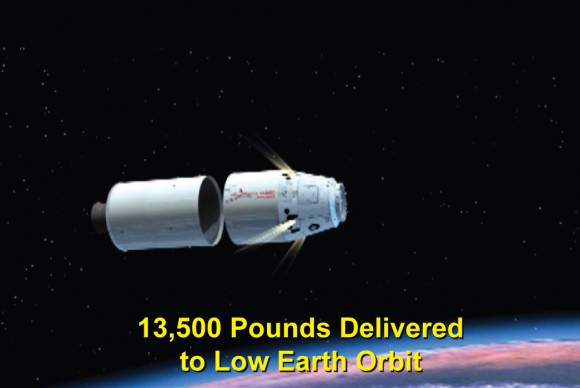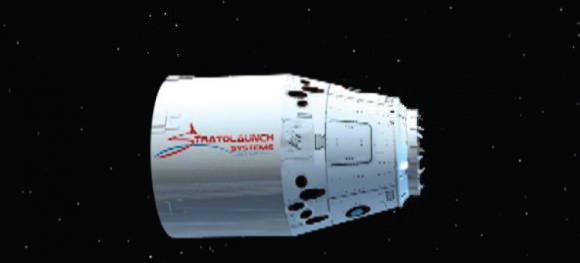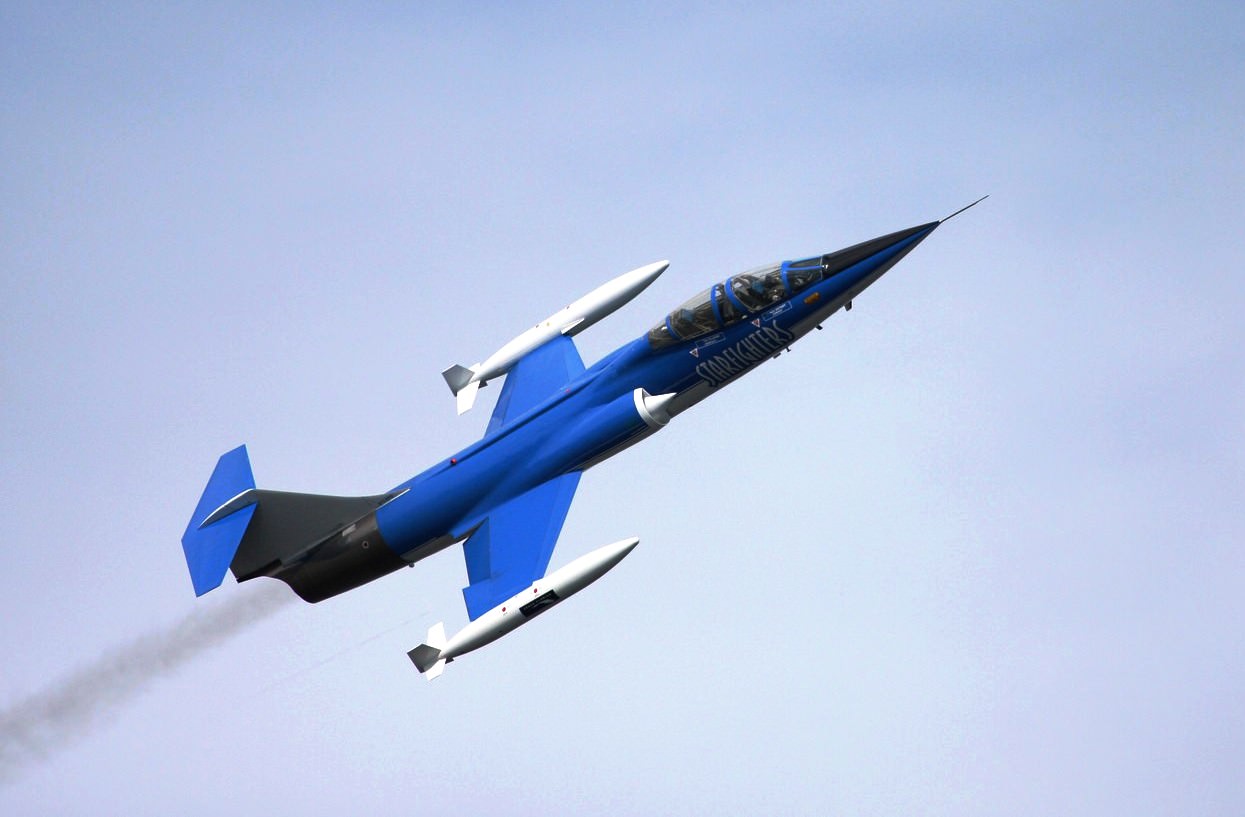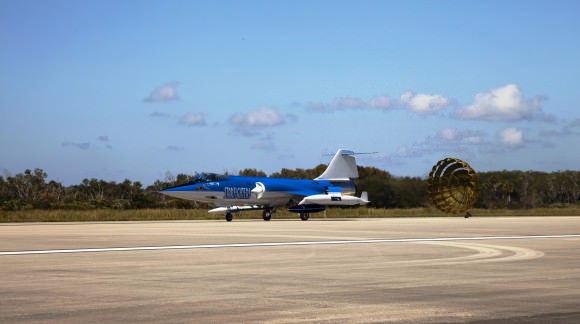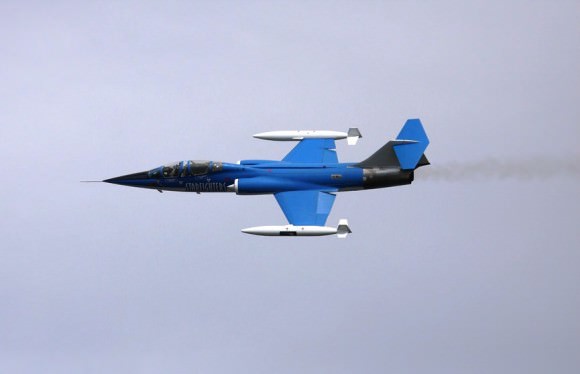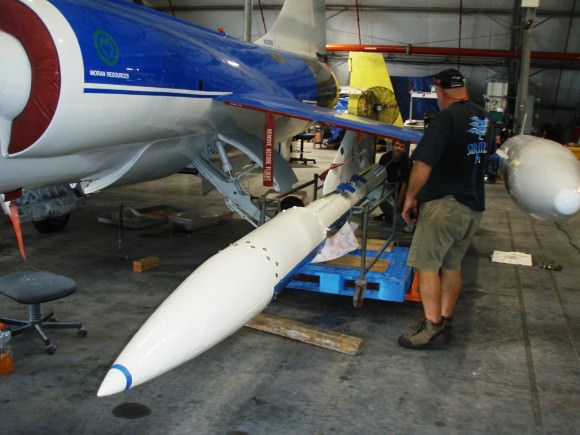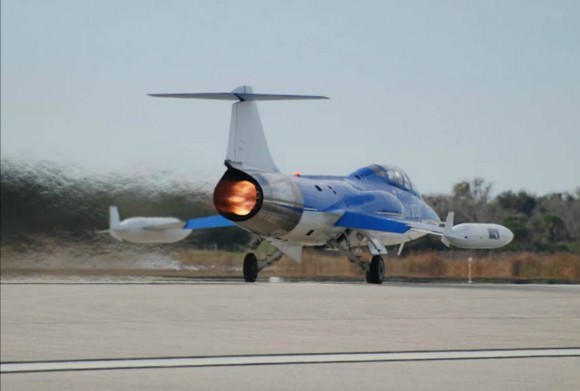This Wednesday NASA will launch its High Resolution Coronal Imager (HI-C) mission from White Sands Missile Range in New Mexico, sending a sounding rocket above the atmosphere with some of the best mirrors ever made to capture incredibly-detailed ultraviolet images of our Sun.
HI-C will use a state-of-the-art imaging system to focus on a region near the center of the Sun about 135,000 miles (271,000 km) across. During its brief flight — only ten minutes long — HI-C will return some of the most detailed images of the Sun’s corona ever acquired, with a resolution five times that of previous telescopes… including NASA’s Solar Dynamics Observatory.
While SDO collects images in ten wavelengths, however, HI-C will focus on just one: 193 Angstroms, a wavelength of ultraviolet radiation that best reveals the structures of the Sun’s corona present in temperatures of 1.5 million kelvin. And although HI-C’s mirrors aren’t any larger than SDO’s — about 9.5 inches in diameter — they are “some of the finest ever made.” In addition, an interior “maze” between mirrors effectively increases HI-C’s focal length.
Researchers expect HI-C’s super-smooth mirrors to resolve coronal structures as small as 100 miles (160 km) across (0.1 arcsec/pixel).
“Other instruments in space can’t resolve things that small, but they do suggest – after detailed computer analysis of the amount of light in any given pixel – that structures in the sun’s atmosphere are about 100 miles across,” said Jonathan Cirtain, project scientist for HI-C at NASA’s Marshall Space Flight Center. “And we also have theories about the shapes of structures in the atmosphere, or corona, that expect that size. HI-C will be the first chance we have to see them.”
One of the main goals of HI-C will be to place significant new constraints on theories of coronal heating and structuring, by observing the small-scale processes that exist everywhere in hot magnetized coronal plasma and establishing whether or not there are additional structures below what can currently be seen.
“This instrument could push the limits on theories of coronal heating, answering questions such as why the temperature of the sun’s corona is millions of degrees higher than that of the surface,” said Marshall’s Dr. Jonathan Cirtain, heliophysicist and principle investigator on the mission.
Read more on the NASA news release here.
Top image: A Black Brant sounding rocket containing NASA’s HI-C mission will launch on July 11, 2012 to observe the sun’s corona. (NASA) Bottom image: TRACE image of the Sun at a resolution of 0.5 arcsec/pixel. HI-C will have a resolution 5 times finer.

